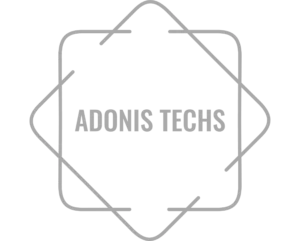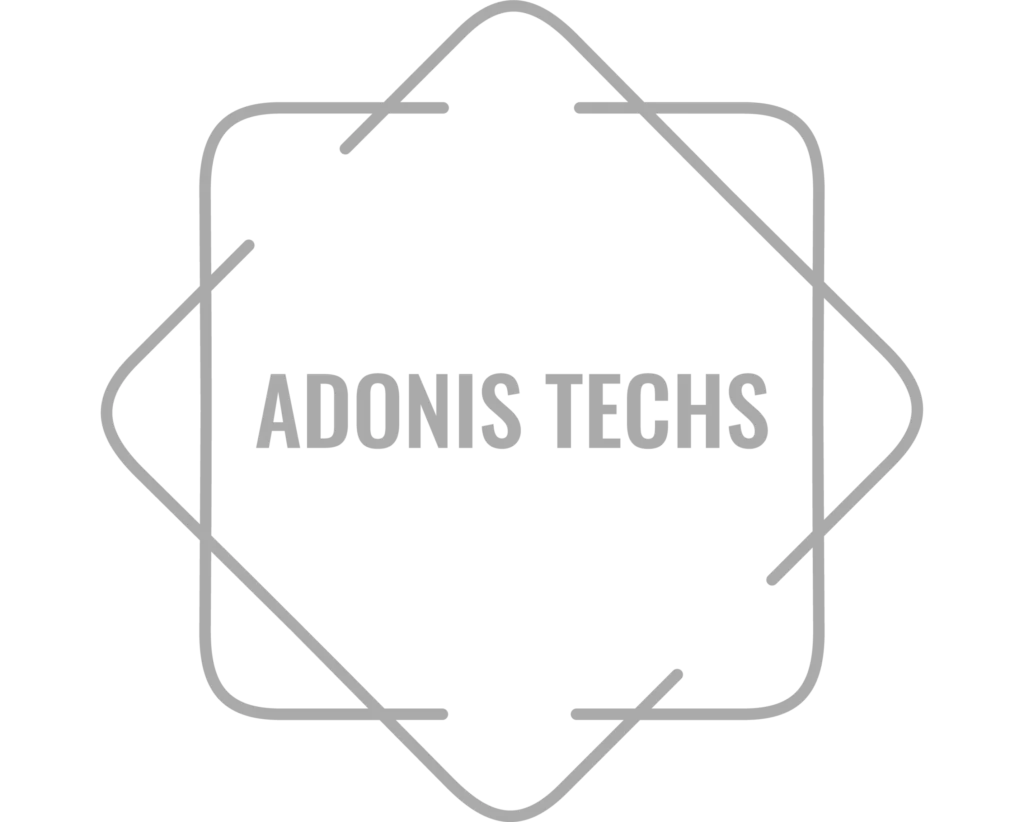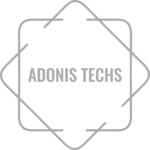Introduction
In an age when attention is fragmented and authenticity is prized, the individual behind the name matters almost as much as the name itself. Personal branding is the disciplined process by which one shapes public perception of their unique value, expertise, and narrative. A strong personal brand helps open doors opportunities, trust, credibility that might otherwise stay closed.
This guide presents a comprehensive framework: definition, importance, components, strategy, challenges, trends, and measurement. It also integrates key references (including your Rafenthic pages) and external high-authority sources for depth.
What Is Personal Branding?
Personal branding is more than a polished LinkedIn page or frequent posts. It is the deliberate act of defining, communicating, and embodying your unique value so that others perceive you in a way aligned with your goals.
As Forbes phrased it, personal branding is “what you say about yourself based on your experience, expertise, core values, and key differentiators” (Forbes, 2024) books.forbes.com.
Harvard Business School’s analysis adds nuance: your brand is “the amalgamation of the associations, beliefs, feelings, attitudes, and expectations that people collectively hold about you” (HBS Exec blog) Harvard Business School Online+1.
If left unmanaged, your public persona becomes whatever others decide possibly misaligned with your ambitions. That’s why intentional branding matters.
Your brand is not static; it evolves with your experience, positioning, and external context.
Why Personal Branding Matters
The decision to invest in your personal brand is not vanity. Its impact is tangible:
- Credibility & Trust: As one article argues, personal branding is key to positioning yourself as an authority and attracting clients or opportunities (Forbes) Forbes.
- Differentiation: In competitive fields, your brand helps you stand out. Forbes notes that “building your personal brand must be demonstrated in every communication” consistency becomes a signal of authenticity. Forbes
- Career & Opportunity Leverage: Leadership now often expects public presence. Forbes’s “Power of Personal Branding in 2025” argues that branding is a leadership skill itself. Forbes
- Agency & Narrative Control: When you actively shape your story, you reduce the risk of misinterpretation or confusion around who you are and what you represent.
Core Components of Personal Branding
To build a robust personal brand, certain structural elements must align:
1. Self-Discovery & Clarity
You must first know who you are your strengths, values, beliefs, motivations, and vision. Many frameworks (e.g. HBS) begin with defining purpose, strengths, and the difference you wish to make (to whom) Harvard Business School+1.
Ask:
- What consistent themes recur across your life and work?
- What roles energize you (versus drain you)?
- What core values do you refuse to compromise?
2. Target Audience & Positioning
Your brand cannot speak to everyone. Identify whom you want to reach clients, industry peers, employers, audiences and tailor your positioning accordingly.
Forbes guidance: “be ruthlessly specific” in your positioning statement, identifying what you do, for whom, with what outcome. Forbes
Also, it helps to define a messaging hierarchy: core promise, pillars, narrative arcs.
3. Visual & Verbal Identity
Your brand must be expressed in look and language:
- Visual: headshot, color palette, logo (if relevant), design for digital assets
- Verbal: tone, vocabulary, storytelling style
These must be consistent across platforms (website, LinkedIn, blog, social). Inconsistency dilutes trust.
4. Content & Thought Leadership
Content is the vehicle. Useful, insightful, original content helps illustrate your expertise and personality. Forbes’s “12 Steps to Build Your Personal Brand on Social Media” encourages consistency, authenticity, and sharing what you’re learning. Forbes
But content without purpose is noise. Each piece should reflect a pillar of your positioning.
5. Visibility & Platform Strategy
Select platforms aligned with your audience and brand. You don’t have to be everywhere. LinkedIn, industry publications, speaking, podcast appearances where those touch your intended people.
Networking plays a key role. According to HBS’s take on brand and networking, four types of connections matter (gatekeepers, influencers, promoters, communities) to help you broadcast and transmit your brand (HBS blog) Harvard Business School Online.
6. Consistency & Authenticity
Your brand must be authentic (true to who you are) and consistent (same themes across contexts). Forbes’s “10 No-Fluff Rules” underscores authenticity, consistency, and generosity as cornerstones (Forbes, 2025) Forbes.
Also, personal branding must live in actions behavior, decisions, interactions not only messaging.
7. Evolution & Governance
Your personal brand evolves. You need governance: periodic review, feedback loops, adjustment. As markets change and you grow, your brand may need refinement.
Step-by-Step Strategy
Here’s how to build (or rework) your personal brand:
| Phase | Key Activities |
|---|---|
| Discovery & Audit | Reflect, solicit feedback, map strengths and gaps |
| Define Brand Framework | Craft positioning statement, messaging pillars |
| Design Identity & Communication Plan | Visuals, verbal tone, content strategy |
| Content Production & Distribution | Publish, engage, amplify |
| Networking & Partnerships | Collaborate, speak, write for others |
| Measurement & Iteration | Monitor perception, refine direction |
Let me walk you through each.
Discovery & Audit
- Perform a perception audit: search your name, survey peers, assess your digital footprint.
- Map recurring patterns: strengths, adjectives people already associate with you.
- Identify gaps: places where your current output doesn’t reflect your desired brand.
Framework Definition
- Compose a personal brand statement (e.g. “I am a [expert role] who helps [target audience] achieve [outcome]”). Forbes suggests clarity and specificity are vital. Forbes
- Develop 3–5 messaging pillars areas you will consistently speak about.
Identity & Communication Plan
- Choose your visual style photos, color palette, templates.
- Decide your voice: formal, narrative, persuasive, conversational.
- Develop a content calendar, platform strategy, and style guide for yourself.
Content & Distribution
- Write articles, posts, newsletters, videos. Use storytelling, data, original insights.
- Guest posting or appearing on respected platforms boosts reach and credibility.
- Share consistently, engage with comments, and cross-promote your work.
Network & Amplify
- Seek speaking engagements, podcast invites, strategic collaborations.
- Use your network to get your message in front of the right people.
- Be generous support others, promote peers, contribute. That expands your influence.
Measurement & Iteration
- Use metrics: audience growth, engagement, invitation volume, qualitative feedback.
- Quarterly or semiannual review: what’s working, what’s conflicting, what needs refinement.
Challenges & Pitfalls
- Inauthenticity: trying to be someone else eventually cracks.
- Overextension: chasing too many platforms or topics dilutes focus.
- Inconsistency: mixed messaging or visuals confuses your audience.
- Neglecting delivery: brand promises that don’t align with behavior erode trust.
- Neglecting internal alignment: if your private behavior misaligns with your public brand, credibility breaks down.
Shy individuals may feel personal branding is exhausting. A recent Forbes article offers a “Shy Person’s Guide” acknowledging that many branding playbooks favor extroversion; yet meaningful brands can be built through selective, consistent efforts (Forbes, 2025) Forbes.
Emerging Trends in Personal Branding
- Leadership brands: personal branding as a skill for executives, not just influencers (Forbes, 2025) Forbes
- Hybrid persona / dual brands: managing a professional brand and a personal/hobby brand in parallel.
- AI-driven content adaptation: customizing tone and presentation dynamically for audience segments.
- Micro-narratives & modular content: breaking big stories into small, adaptable content units.
- Ethical & purpose-driven positioning: audiences increasingly expect clarity of values, not just competence.
Integrating Rafenthic’s Resources
You might already have framed aspirations around branding via Rafenthic. For instance, your Personal Branding Complete Guide page serves as a canonical reference point (Rafenthic) that readers can explore to see your own methodology in practice: https://rafenthic.com/blog/personal-branding-complete-guide.
Also, your broader corporate branding resources (https://rafenthic.com/branding/) help frame how personal and corporate branding can support each other especially for founders, executives, or thought leaders inside your organization.
Your personal brand often lends credibility to your corporate brand, especially when audiences see alignment between your identity and the values your organization projects.
Case Example (Illustrative)
Imagine a finance professional who feels under-recognized. She performs the discovery work, finds her strongest theme is “transforming complexity into clarity” for mid-career managers. She chooses her target niche, crafts a personal brand statement, publishes articles explaining financial strategy in plain language, delivers webinars, and partners with aligned coaches. Over time, she is asked to contribute in industry journals, invited to speaking events, and sees a measurable uptick in consulting engagements.
Her brand didn’t spring fully formed it evolved. But consistent alignment between who she is, how she communicates, and how she shows up earned her credibility and traction.
Conclusion
Personal branding is not superficial self-marketing; it is strategic, relational, and evolutionary. When done with clarity (self + audience), consistency, authenticity, and generosity, it becomes a sustained asset. In modern professional life, your brand helps others perceive who you are before you even speak.
By working through self-discovery, positioning, identity, content, network, and governance, you can build a brand that opens doors and aligns with your purpose without losing yourself in the process.
Reference Links
- Rafenthic Personal Branding Complete Guide
(https://rafenthic.com/blog/personal-branding-complete-guide) - Rafenthic Corporate / Branding Resources
(https://rafenthic.com/branding/) - Forbes “Here’s The New Formula For Successful Personal Branding” Forbes
- Forbes “A Step-By-Step Guide To Building Your Personal Brand” Forbes
- HBS / Harvard Exec blog “Personal Branding: What It Is and Why It Matters” Harvard Business School Online
- Forbes “The Power of Personal Branding in 2025” Forbes


